How to judge the roasting degree of coffee and compare the taste roasting characteristics of Italian coffee and American coffee beans
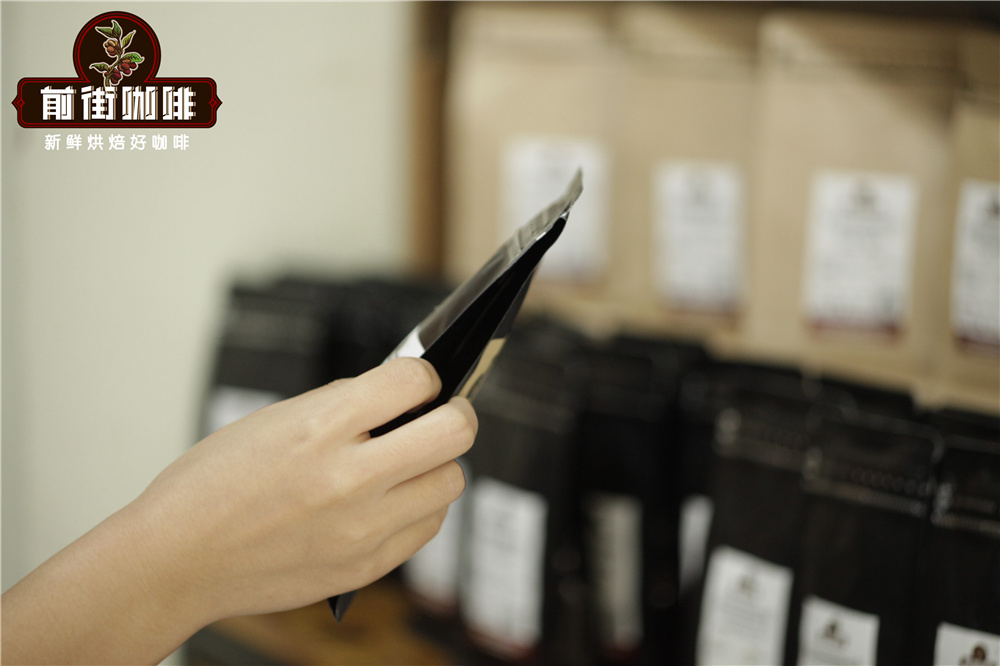
Professional coffee knowledge exchange more coffee bean information please follow the coffee workshop (Wechat official account cafe_style)
We usually come into contact with coffee beans are roasted, roasting can make coffee beans play a charming aroma, and different degrees of roasting give people a different feeling. This issue of Qianjie Coffee introduces several methods to distinguish the roasting degree of coffee. According to the roasting degree of coffee we usually come into contact with, it can be divided into light roasting, moderate roasting and deep roasting. Generally speaking, the color of raw coffee beans is light yellow or light green. After roasting, the color will be darker and darker, the light roasted coffee beans are generally light brown, and the coffee surface wrinkles are obvious; the moderately roasted coffee beans are slightly darker and dark brown, and the coffee surface wrinkles are gentle. The surface of the deeply roasted coffee beans is black, the surface of the beans is smooth, and some of the deeper baked beans will ooze oil, making the coffee bean surface shiny.
Second, taste judgment. In fact, we can also judge the range of baking degree by the flavor description of the store. Generally speaking, if the coffee flavor is described as floral, citrus, berry and other fruit flavor, most coffee beans belong to medium-shallow roasting. Coffee beans described as maple syrup, sucrose, caramel and other sweetness are mostly moderately roasted. Coffee beans described as nuts, cocoa, caramel, herbs and other bitter flavors are mostly medium-and deep-roasted. Of course, this classification is not rigorous, but it works all the time. The reason for this is that as a guest, you don't know much about coffee baking, and you don't need to know anything like a professional. However, the roasting of coffee is carried out by professional roasters, and the preparation of flavor is also the result of cup test by professional barista, because the flavor expressed naturally has a relative basis, so it is really a good criterion to use it as a reference.

So, is there any scientific way to determine the roasting degree of coffee? The answer is yes. Third, SCAA color value to judge the degree of roasting in coffee roasting, there are several important points, one of which is an explosion, before the occurrence of an explosion, beans can be considered not "ripe". At the beginning of the first explosion, it is dense, and there will be silence for 1-2 minutes after the end, and the second explosion will be ushered in. The later the beans are dropped after an explosion, the deeper the baking is. SCAA uses infrared caramelization tester technology (Agtron) to measure the color of coffee beans to determine the roasting degree of coffee, and divides the color from light to deep into eight equal parts to make eight standard color blocks, which can be used by the coffee industry as roasting identification.
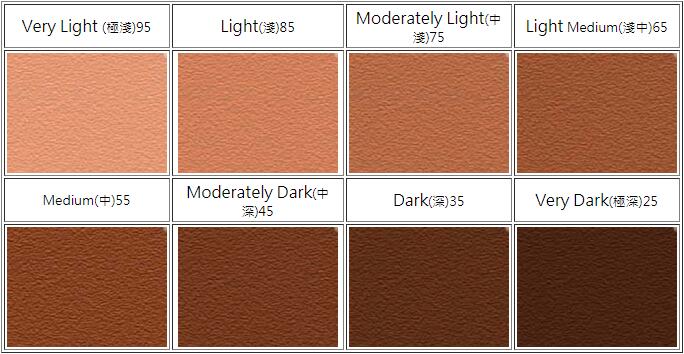
Agtron color value # 95: light baking (Light Roast) bean time: one explosion density is about to end Agtron color value # 85: cinnamon baking (Cinnamon Roast) bean time: before and after explosion Agtron color value # 75: moderate baking (Medium Roast) bean time: Agtron color value # 65: deep baking (High Roast) bean time: settling period between first explosion and second explosion Agtron color value # 55: city baking (City Roast) Bean time: second burst start Agtron Color value # 45: city Bake (Full City Roast) Bean time: Agtron Color value before second explosion # 35: French Baking (French Roast) Bean time: Agtron Color value # 25: Italian Baking (Itatian Roast) Bean time: oil begins to ooze the bean surface.
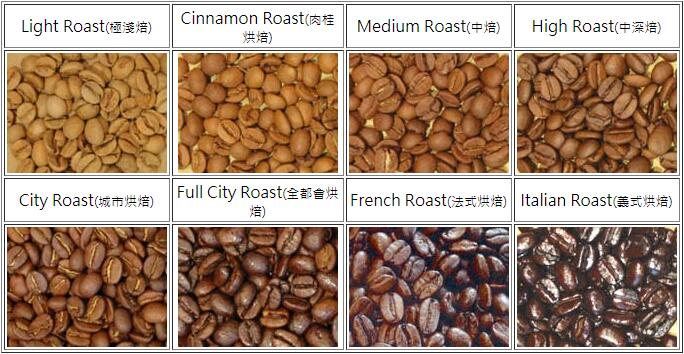
So what does this have to do with what we often call shallow baking, medium baking, and deep baking? In view of the fact that some coffee lovers do not know much about SCAA's Agtron standards, these eight categories can be classified into four categories: light roasting (highlighting fruit acidity and flower aroma): light roasting, cinnamon roasting moderate roasting (increased sweetness, balance): medium roasting, deep roasting (sugar conversion maximization) Bitterness): urban baking, city-wide baking deep baking (both bitter and mellow): French baking, Italian baking
For more boutique coffee beans, please add private Qianjie coffee on Wechat. WeChat account: kaixinguoguo0925
Important Notice :
前街咖啡 FrontStreet Coffee has moved to new addredd:
FrontStreet Coffee Address: 315,Donghua East Road,GuangZhou
Tel:020 38364473
- Prev
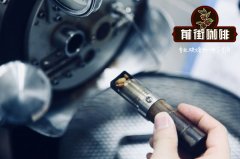
Coffee roasting flavor and health of the relationship between different coffee beans roasting degree difference?
Professional coffee knowledge exchange More coffee bean information Please pay attention to coffee workshop (Weixin Official Accounts cafe_style) Coffee baking skills| The purpose of coffee roasting and the characteristics of coffee beans Generally speaking, the main function of coffee roasting is to use heat to transform the ingredients in coffee and open the cell wall in coffee, so that the essence of coffee can be easily dissolved.
- Next
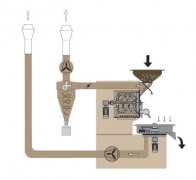
Coffee Roasting Principles: Heat Conduction, Convection and Radiation Coffee Roaster Training Points
Professional coffee knowledge exchange More coffee bean information Please pay attention to coffee workshop (Weixin Official Accounts cafe_style) Coffee baking skills| The purpose of coffee roasting and the characteristics of coffee beans Coffee roasting will face a variety of problems, only familiar with the roasting principle of coffee, continuous accumulation of experience, coupled with improvisation, barista can master exquisite skills. Bake well.
Related
- Beginners will see the "Coffee pull flower" guide!
- What is the difference between ice blog purified milk and ordinary milk coffee?
- Why is the Philippines the largest producer of crops in Liberia?
- For coffee extraction, should the fine powder be retained?
- How does extracted espresso fill pressed powder? How much strength does it take to press the powder?
- How to make jasmine cold extract coffee? Is the jasmine + latte good?
- Will this little toy really make the coffee taste better? How does Lily Drip affect coffee extraction?
- Will the action of slapping the filter cup also affect coffee extraction?
- What's the difference between powder-to-water ratio and powder-to-liquid ratio?
- What is the Ethiopian local species? What does it have to do with Heirloom native species?

